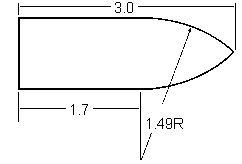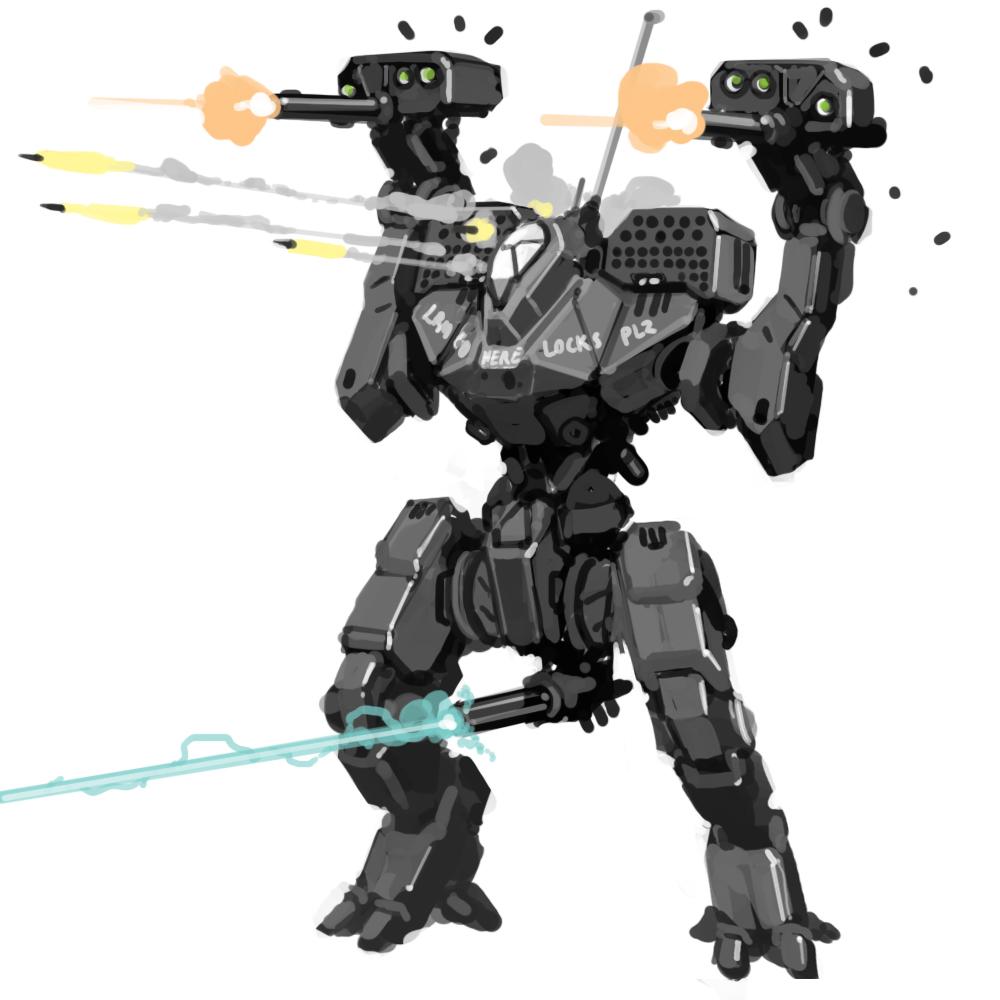 Dee Eight, on 01 November 2016 - 06:55 PM, said:
Dee Eight, on 01 November 2016 - 06:55 PM, said:
You've clearly never shot low velocity large caliber weapons, or even actually witnessed them being fired to have made such a ridiculously statement. My great uncle was part of the R.C.E. in WW2 and had to use a PIAT at times, and said they were NOT exactly low recoil for what was essentially a low velocity spigot mortar. Here, this video should explain things...dry fired the recoil shakes the user violently. This for a weapon with a muzzle velocity of only 76m/sec and which weighed 32 pounds.
Or this one that includes WW2 training footage...
Also... nowhere in the BT technology/lore, is it ever said that the autocannons are "low velocity" weapons. That's an assumption on your part. Just because in the flavour text they might describe the short-barrel LB-10X autocannon of a clan Mars assault tank as a '150mm' doesn't mean every 10 class autocannon was also of that caliber, or barrel length. For that matter, how they drew the thing in the TRO artwork, doesn't actually match to the actual firing arc for a front body mounted weapon (which covers an actual arc of 180 degrees).
Nice findings.
Just to add - recoil is also based on the weight of the weapon system.
With the same projectile weight and the same muzzle velocity the heavier weapon system causes less recoil.
On the other hand - seriously, pls don't compare MWO weapon stats with real physics.
A G1 formed Gauss projectile:

with 100kg and 2000m/s
would penetrate the Iowa class belt armor at 8613m - with 30° gun elevation it would also reach 27km where as it should have enough force to break through all decks
(not to mention what would happen when I use a G2 formed projectile and increase the shell density by adding tungsten or DU, while reducing the diameter (~30km belt penetration))
and even if your shiny mech is able to take the stress - the impuls of the Gauss at 8000m is still 36,1000 N/s
~ a car with 130km/h
Edited by Karl Streiger, 02 November 2016 - 12:13 AM.





























